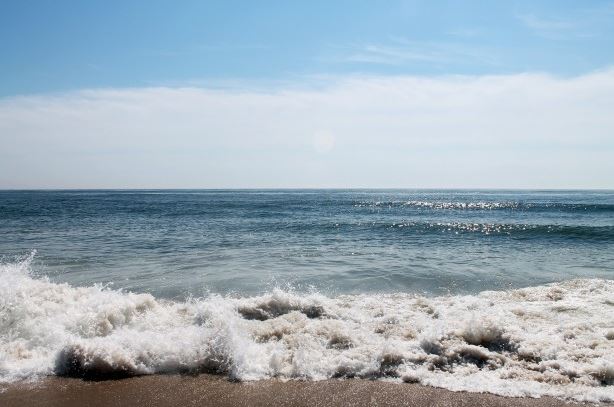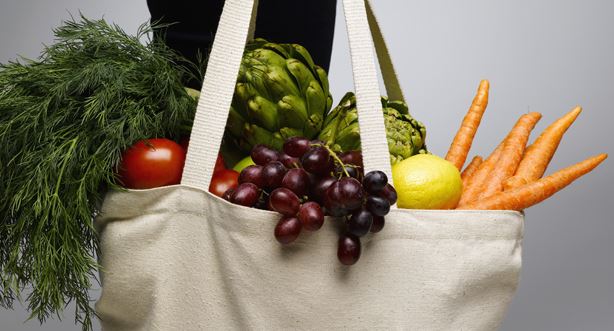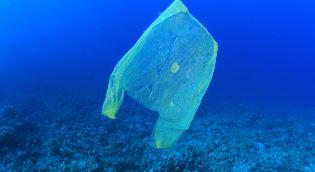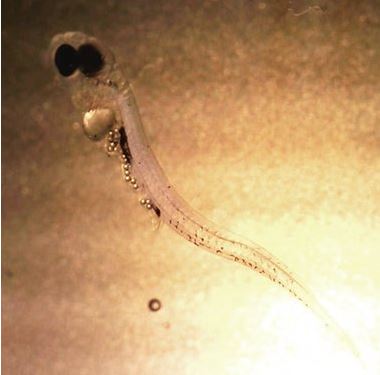It’s World Oceans Day: Let’s Protect the Ocean

Today is World Oceans Day. About 70 percent of the Earth’s surface is covered by ocean and as this year’s World Ocean Day theme exclaims: “Healthy Oceans, Healthy Planet.” We are all connected to the ocean— from the air we breathe to the food we eat to the medicine we take. The ocean also influences our climate and weather, going so far as to reduce climate change by storing large amounts of carbon dioxide. Thus, today is a day to both celebrate and show our gratitude to this enormous body of water, as well as vow to protect it and the organisms that live within it.
The Plastic Trail
One major issue right now is plastic pollution. Microplastics are tiny particles of polymer-type materials produced from modern industry and are almost indestructible in natural environments. When waste, such as plastic bags or plastic packaging are discarded, inadequate disposal systems and sewage outfall causes vast amounts to reach the ocean. The impact of these materials has thus far been hard to measure but new research is giving us one example of how plastic in the ocean is causing harm.
Small particles of plastics are continually being found in seabirds, fish and whales, which swallow the materials but cannot digest them. For the first time, scientists have been able to show that fish exposed to these materials during their developmental phase show stunted growth and increased mortality rates. Some young fish have been found to prefer small particles of plastic to their natural foods. Larval perch are an example: when given access to plastic, these fish ignored their natural food sources and ate only the plastic particles. This can prevent them from reaching maturity and starve them before they can reproduce. Perch exposed to microplastics were also eaten by pike four times quicker than their relatives with no plastic exposure. All of the plastic-exposed fish in the study were dead within 48 hours of the experiment. This is changing the behavior of the fish which could endanger their survival.
What You Can Do: Live Without Plastic

This is just one example of a growing problem of plastics within our ocean, so this World Oceans Day let’s all focus on how we can help. Being aware of the products you are buying is a first step. Environmental campaigners are calling for an end to the use of microplastics in cosmetics and campaigns against microbeads are proving successful to encourage companies to phase them out. Reusable bags are an easy alternative to plastic ones, so when shopping try to buy microplastic free products and place them in your reusable bag, and of course recycle them when you are done. The NRDC provides a list of 10 easy ways you can reduce plastic pollution and the World Oceans Day website offers many ways to get involved, including through events. A healthy ocean really does provide a healthy planet so get out there and make a difference this World Oceans Day and every day.


